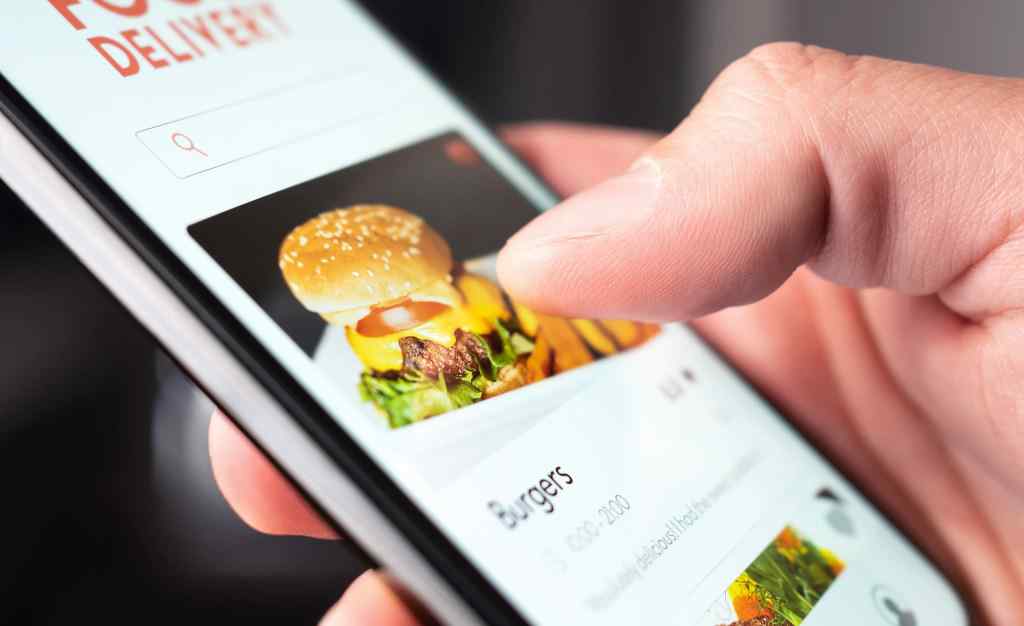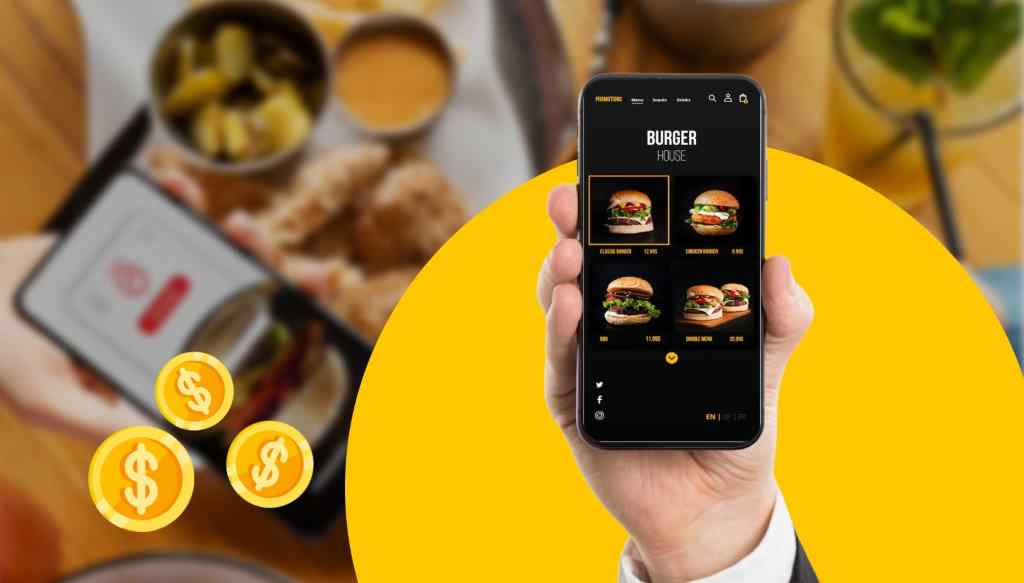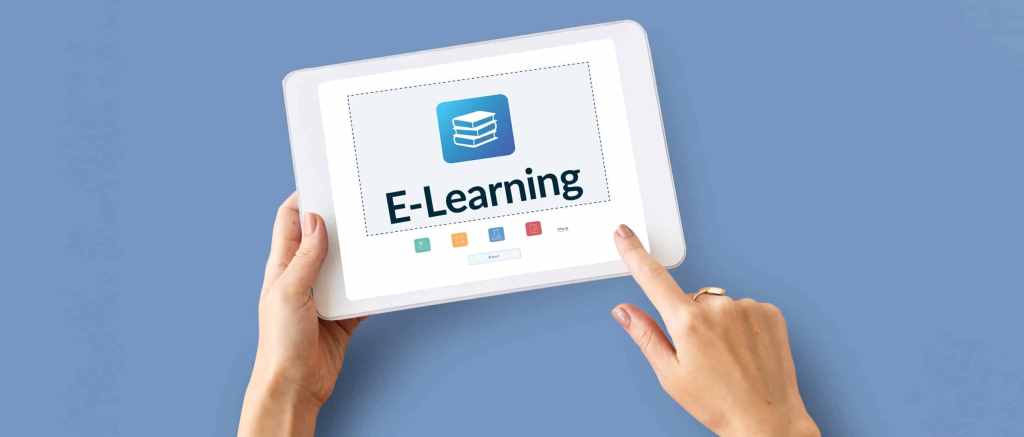In the booming digital age, food delivery apps have become a staple for convenience-seeking consumers. If you’re considering building one, especially using the versatile React Native framework, understanding how specific features influence your development cost is crucial for planning. Let’s explore these factors to help you make informed decisions.
Core Features: The Foundation of Your App
Every successful food delivery app needs these fundamental functionalities:
- User Registration and Profiles: Secure login systems, personalized profiles, and address management are essential for a user-friendly experience.
- Restaurant Listings and Menus: A comprehensive, easily searchable database of restaurants with detailed menus, including images and descriptions, is a must.
- Order Placement and Checkout: Streamlined processes for adding items to a cart, customizing orders, choosing delivery options, and secure payment integration are critical.
- Real-Time Order Tracking: GPS-based order tracking, providing both users and restaurants with up-to-the-minute updates, is now a standard expectation.
- Ratings and Reviews: Allowing users to rate restaurants and delivery experiences helps build trust and improves app recommendations.

These core features typically form the base cost of any food delivery app. However, the complexity of their implementation and the specific design choices you make, including considerations for practical kitchen apps, can significantly impact the overall price.
Advanced Features: Elevating Your App’s Appeal
To stand out in the competitive food delivery market, consider these advanced features:
- Push Notifications: These keep users engaged by informing them about special offers, order status changes, or estimated delivery times.
- Loyalty Programs and Rewards: These encourage repeat business by offering discounts, exclusive deals, or points-based systems.
- Scheduled Delivery: This feature caters to users who prefer to plan their meals ahead.
- Group Ordering: Simplifying orders for multiple people can be a valuable addition, especially for corporate or social gatherings.
- Multiple Payment Options: Besides credit/debit cards, integrating digital wallets (like Apple Pay or Google Pay) or “cash on delivery” can attract a broader user base.
- In-App Chat or Support: Providing a direct communication channel between users, restaurants, and delivery drivers enhances customer service.
- Food Customization Options: Allowing users to add or remove ingredients or choose portion sizes increases personalization.
Incorporating advanced features naturally adds to the development cost. It’s essential to weigh their potential benefits against the budget implications.
Technical Considerations: Impacting Development Complexity
Beyond features, several technical factors influence development costs:
- Third-Party Integrations: Connecting your app to payment gateways (like Stripe or PayPal), mapping services (Google Maps or Mapbox), or push notification providers adds complexity.
- Backend Development: A robust backend infrastructure for handling orders, managing user data, and facilitating communication is essential. The choice of database, server architecture, and scalability requirements impact costs.
- UI/UX Design: A visually appealing and intuitive user interface and a seamless user experience are crucial for app success. Custom design elements and animations often increase the cost.
- App Performance and Optimization: Ensuring fast loading times, smooth navigation, and efficient data handling requires optimization, potentially adding to development efforts.
- Platform Considerations: Building for both iOS and Android platforms using React Native offers cost-efficiency but requires careful testing and potential platform-specific adjustments.
React Native: A Cost-Effective Advantage?
React Native’s cross-platform capability often makes it a cost-effective choice for building food delivery apps. Writing code once and deploying it on both iOS and Android significantly reduces development time and resources compared to developing separate native apps. However, some complex features or customizations might require platform-specific code, adding to the complexity.
Estimating Your Food Delivery App’s Development Cost
The cost of developing a food delivery app with React Native can vary widely, ranging from $15,000 for a basic app with core features to well over $100,000 for a feature-rich, highly customized app with complex integrations. This cost estimation applies particularly to cooking apps for Android and iOS within the food delivery niche.
Conclusion
Building a successful food delivery app requires careful consideration of features, technical aspects, and the React Native framework’s strengths and limitations. By balancing your desired features with your budget and understanding the factors that influence development costs, you can create a compelling app that meets both your business goals and user expectations.




